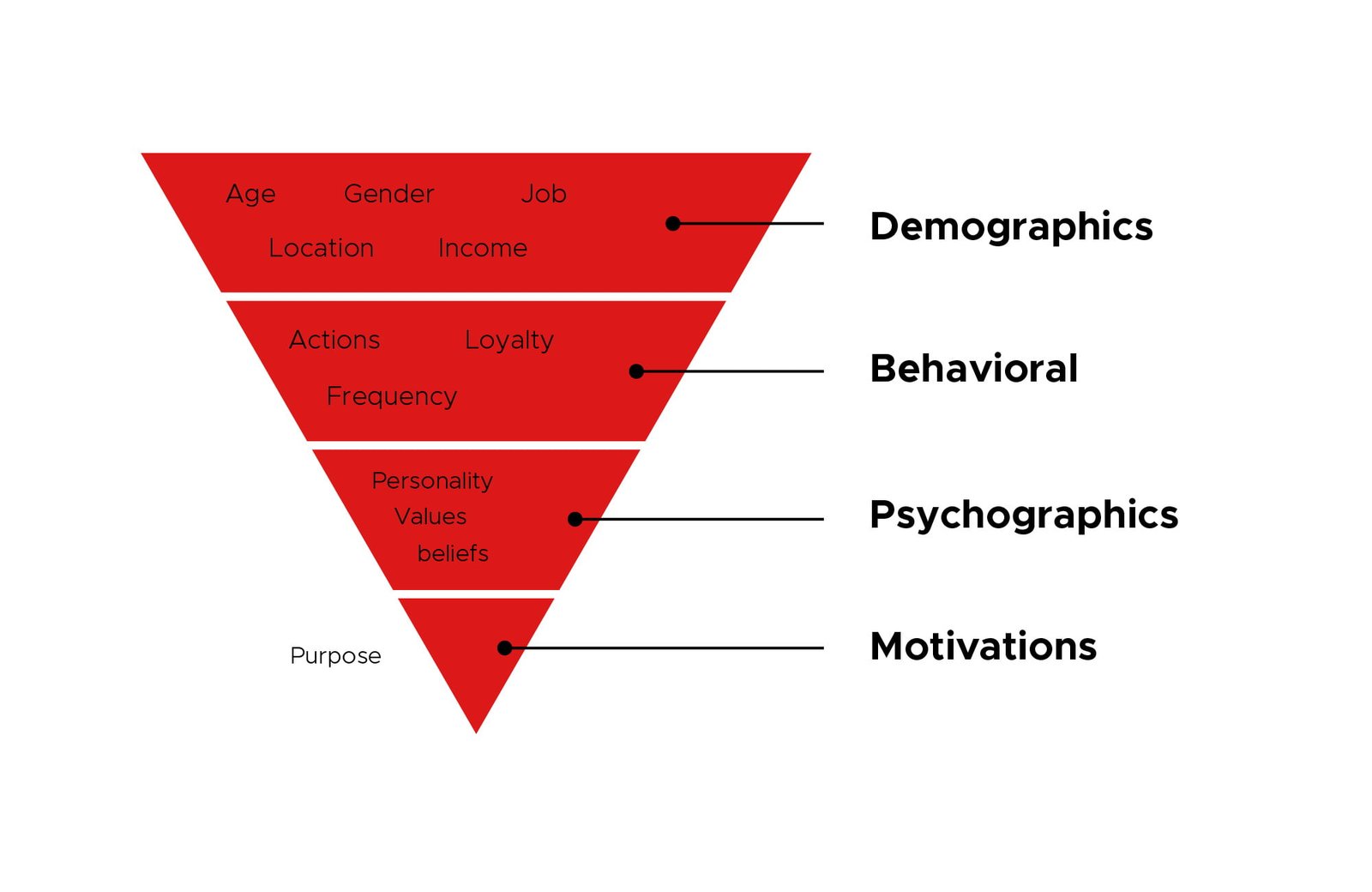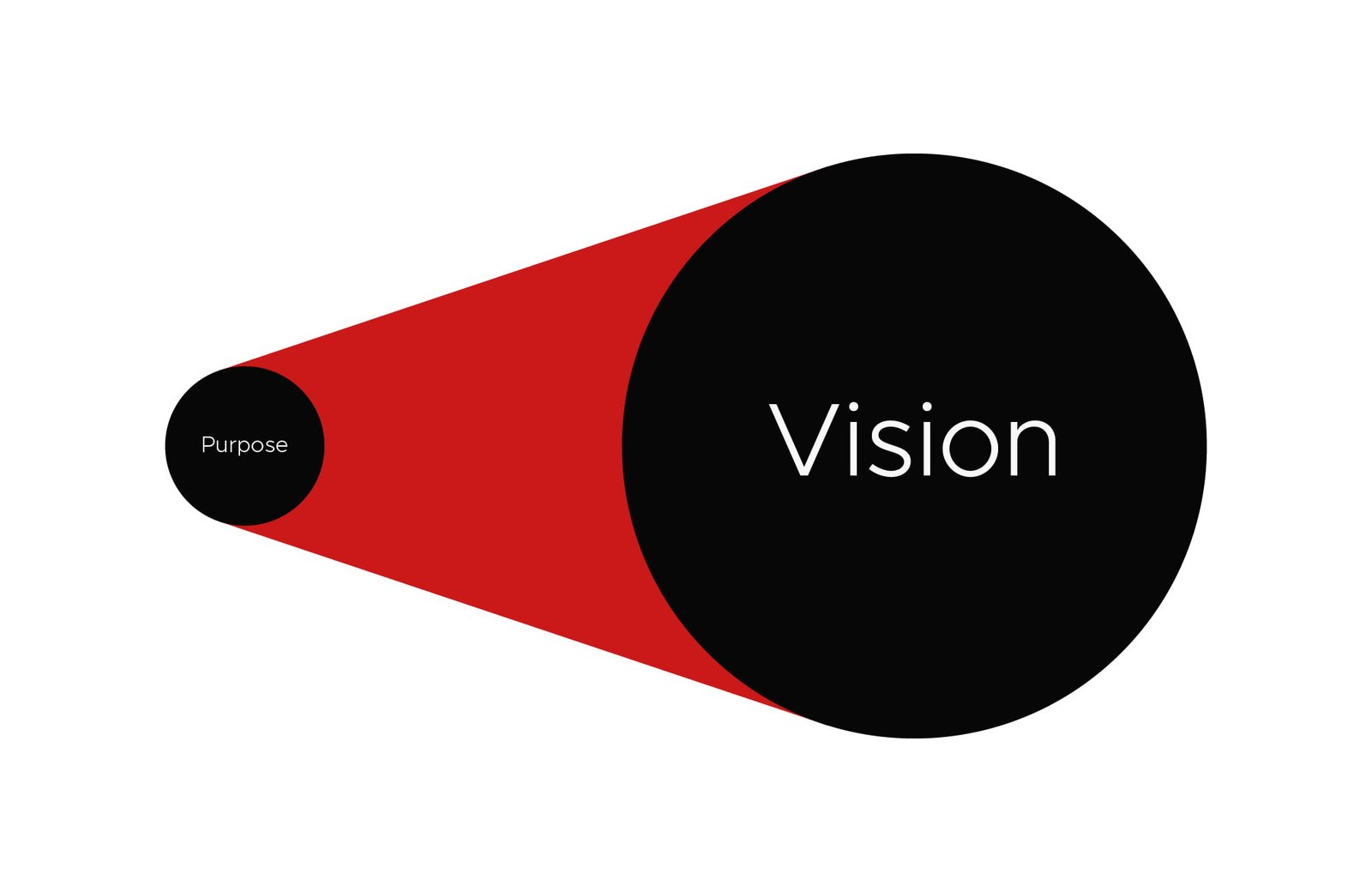When you speak to everyone you speak to no one.
You can’t be for everyone. Some small businesses make the mistake of thinking that their offer is for everyone.
It’s a better and more effective strategy to focus on ideal customers who would love what you offer and pay a premium for it.
They want what you have. they may not know it yet. So it’s your mission to inform them. To give them what they want and need and to help them make decisions that solve their problems.
But how do you do that when you don’t know who they actually are. What problems do they have? What fears do they have? What goals do they have? And what do they want to achieve? And why?
The moment you know who you actually talking to is the moment you start to see success.
Who is your target audience?
Basically, your target audience is:
a group of people who share similar characteristics and are interested in your product or service.
They share the same demographics, psychographics, interests, problems, needs, goals, motivations, etc.
They are the people who will follow you, watch you, buy from you, and hopefully, love you. If they love you then, they will come back again and again.
You have to talk to their needs and connect with them on a deeper level. It’s not just about the offer you give them, it’s about the whole experience.
Why you should know your target audience?
If you want to build a sustainable brand and attract the type of customer you want, you have to know them first.
Knowing your people will help you create marketing messages that speak to them, grab their attention, and motivate them to take action.
It will make it easy to build brand awareness and attract loyal fans who will support you in your journey.
Your customers will be happy to pay extra for your offer because they can see the value in it. They know you understand them, feel them, and have the knowledge to solve their problems.
What to look for?
if you say “My target customers are mainly males between 25-45 years old”, you have a lot to work on my friend.
This description is useless, it may help you a bit when making ads, but for branding it’s useless.
“Males between 25-45” is a broad range of people. It’s vague and it’s hard to get a sense of how these people look and behave like.
instead, you have to look for their characteristics. For their motivation and needs.
You want to know them as people. How do they spend their day? What do they do in their free time? What makes them awake at night? What motivates them to get out of bed every morning? What keeps them from achieving what they want in life?
This deep understanding will give you all the information you need to speak to their minds and hearts. The more you understand them, the better you can communicate with them.
A better way to describe your target audience will be “Males between 25-45 who care about their health and love outdoor sports. They are confident and outgoing”
Much better, right?
You can have a mental image of them now. The focus is narrower and clearer than the first description.
Where to look
You can find information about your target customers inside your business or outside.
Inside
1. Your current customer base
Look at the people who have already purchased from you in the past. Get to know them, you can have a meeting with them to discuss their needs and motivations.
It’s better to start with these people because they already know you. And if you gave them a great experience, they would probably trust you.
2. Google Analytics
This is also a great place to start. Log in to your Google analytics and start looking at who has visited your website. This will help you to get information about their demographics.
3. Social media analytics
Quite similar to Google Analytics. These reports will give a general idea about your followers and their demographics.
You can find these analytics on any platform. Instagram, Facebook, Twitter, Pinterest, and YouTube all provide you with analytics.
Outside
1. Competitors
Looking into competitors who share a similar type of audience like you is a good idea. This is helpful especially if you are just starting out and didn’t work with customers yet.
You can see how they are talking to customers and what customers are saying about them. You can look at customers’ reviews to get an idea of what they think about your competitor. This will give opportunities and ideas to stand out from your competitors and give your customers just what they need.
2. Social media
Again, social media is a powerful tool. You can log in and see what your customers are talking about. As you read the conversation they have, you will start to find patterns. The more time you spend in their conversations, the more you understand and learn their language.
3. Groups
Facebook groups, LinkedIn groups, or any other similar groups that gather people with a similar interest.
You can look for groups of people who share a similar interest or live in the same city. Start a conversation or indulge in their conversations to learn more about them. Doing this will make understand them and show them that you’re an expert.
4. Forumes
It may be old-fashioned but it is still useful.
You can find your customers on subreddits or on Quora having conversations, or discuss a topic relevant to your business.
Listen to what they are saying and ask questions if you need clarification. People will love to discuss things they are interested in with you, especially, if you show up as a friend instead of a salesperson.
Be careful, people don’t like cold salespeople who only care about money (I don’t like them either and I’m sure you agree with me).
4 Levels of audience understanding

1. Demographics
Who Are They? This is the easiest level to figure out and the least useful for branding. It’s helpful especially when you run ads, but for branding, it’s not enough.
Demographics are basically, their age, gender, location, their job, income, educational level, etc.
2. Behavioral
What are they doing? This is about the actions and things they do. How often are they using your product? How loyal are they?
3. Psychographics
What do they look like? At this level, we can understand their personalities, attitudes, and lifestyle. How do they spend their day? What are their hobbies? What do they believe in? Where do they look for information? Who do they trust? Are they outgoing or introverted? What are their problems? Goals? Desires?
4. Motivations
What makes them wake up in the morning? This is the strongest level of all 4.
Understanding their motivations will be useful for branding and marketing. It will give you a clear idea of who they are and how you can talk to them.
Their motivations are the driven behind everything they do. It’s the why behind the action. Why do they do what they do? Why do they love what they love? Why do they want what they want?
It’s all about asking why. The deeper you can go with this, the stronger your understanding will be.
Final words
Defining your target audience will help you target them. Not only with ads, but with the content you share, the designs you use, and the way you make them feel when you interact with them.
Knowing who you’re talking to is an essential part of branding and marketing. So, make sure you know who is your ideal customer before moving forward with other aspects like designs, ads, or even your business processes.



